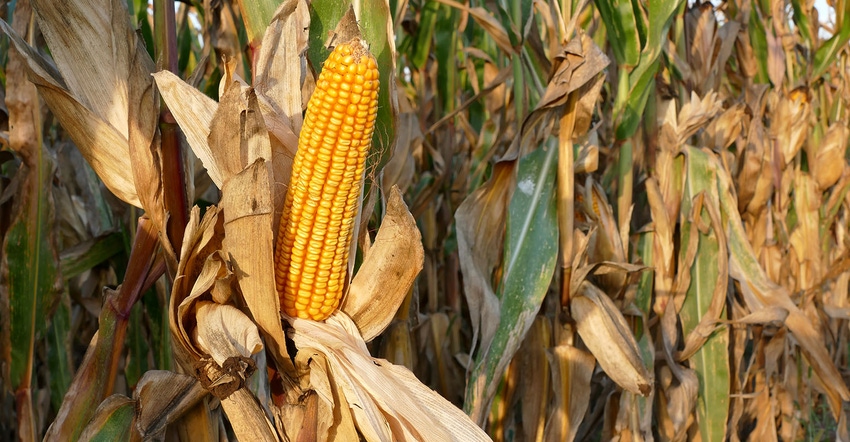
Farmers can now change election and enroll in the Agriculture Risk Coverage and Price Loss Coverage programs for the 2023 crop year. These programs are part of a broader safety net provided by USDA, which includes crop insurance and marketing assistance loans.
ARC provides income support payments on historical base acres when actual crop revenue declines below a specified guaranteed level. PLC provides income support payments on historical base acres when the effective price for a covered commodity falls below its reference price.
Producers have until March 15, 2023, to enroll in these two programs. USDA reminds farmers that ARC and PLC elections and enrollments can impact eligibility for some crop insurance products.
“We recognize that market prices have generally been very good, but if the ongoing COVID-19 pandemic, frequent catastrophic weather events and the Ukraine war have taught us anything, it’s that we must prepare for the unexpected,” says Farm Service Agency Administrator Zach Ducheneaux. “It’s through programs like ARC and PLC that FSA can provide producers the economic support and security they need to manage market volatility and disasters.”
Election changes for 2023 are optional, but producers must enroll through a signed contract each year. If a producer has a multi-year contract on the farm and makes an election change for 2023, they must sign a new contract.
If producers do not submit their election by the March 15, 2023 deadline, their election remains the same as their 2022 election for crops on the farm.
Tools to help make the decision
The University of Illinois and Texas A&M University offer web-based decision tools to assist producers in making decisions using crop data specific to their farms. Tools include:
Gardner-farmdoc Payment Calculator allows producers to estimate payments for farms and counties for ARC-CO and PLC.
ARC and PLC Decision Tool allows producers to obtain basic information regarding the decision and factors that should be taken into consideration such as future commodity prices and historic yields to estimate payments.
Payments on their way for 2021
ARC and PLC payments for a given crop year are paid out the following fall to allow actual county yields and the Market Year Average prices to be finalized.
In 2021, producers signed nearly 1.8 million ARC or PLC contracts, and 251 million out of 273 million base acres were enrolled in the programs.
FSA began processing 2021 ARC and PLC payments to farmers last month totaling more than $255 million.
For ARC-CO, producers can view the 2021 ARC-CO Benchmark Yields and Revenues online database for payment rates applicable to their county and commodity. For PLC, payments were triggered for rapeseed and peanuts.
For ARC-IC, producers should contact their local FSA office for additional information pertaining to 2021 payment information, which relies on producer-specific yields for the crop and farm to determine benchmark yields and actual year yields when calculating revenues.
More than 1.8 million contracts were signed for the 2022 crop year to be paid in the fall of 2023, if a payment triggers.
Commodities currently covered through these programs include barley, canola, chickpeas, corn, crambe, flaxseed, grain sorghum, lentils, mustard seed, oats, peanuts, dry peas, rapeseed, rice, safflower seed, seed cotton, sesame, soybeans, sunflower seed and wheat.
For more information on ARC and PLC, visit the ARC and PLC webpage or contact your local USDA Service Center.
About the Author(s)
You May Also Like






